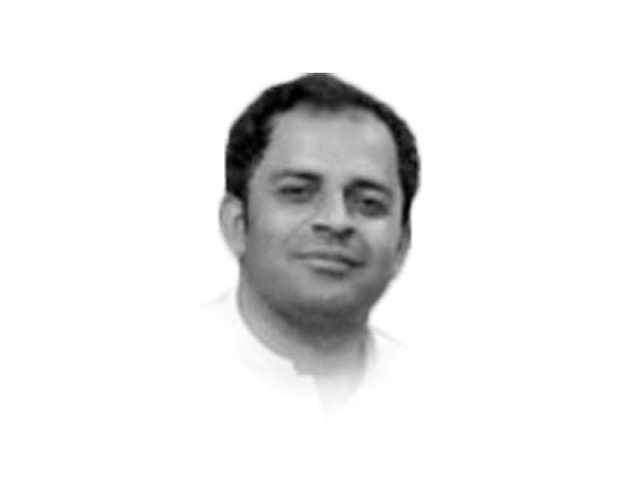What ails Kandhkot and Kashmore?
The patronised police mostly protect the interests of their patrons at the utter detriment of the citizens

The nuclear status of the country, its lunar expedition, and an allocation of Rs2,122 billion in the defence budget might be sources of celebration for many, but the same rarely arouses excitement for the systematically dreaded citizens living in the lawless land of Kandh Kot and Kashmore, Sindh. What good do these accolades and achievements serve them if their lives are systematically left at the ruthless clutches of patronised armed and unarmed gangs living in riverine areas, cities and offices?
However, if there is anything worth celebrating in the district, it is for the beneficiaries, including most of the local electable, courtier bureaucracy, journalists and civil society, clergy, flatterers, feudal and tribal warlords, and protected bandits. Together, they have successfully transformed the district into a haven for themselves — and a living hell for peaceful citizens. As the prospect of peace and prosperity for citizens often conflicts with the self-serving interests of stakeholders, the latter are prioritised at the expense of the safety and well-being of the former in the district. The implied assent and support of the state has transformed the district into an Orwellian setting where the citizens are treated as objects meant to be looted and plundered, kidnapped for ransom, and deprived of life and livelihood. Hardly a day passes without people getting kidnapped, looted, injured, or police personal targeted. This has left the desperate subjects with no other option than to leave their business and the district.
Who shares the blame and benefits of this lawlessness in the district? Once making it to the power corridors through fair or foul means, the electables rarely share empathy with the public, let alone work for their prosperity. This deliberate political neglect leaves the public struggling at the bottom of Maslow’s pyramid of needs and makes them easy prey for socio-economic, political and administrative exploitation. Feudal and tribal lords, pirs, and clergy constrain the innocent masses in tribal feuds and invisible shackles. They promise them tribal protection and divine salvation and keep them from becoming educated, self-reliant, and self-sufficient in their lives.
The patronised police mostly protect the interests of their patrons at the utter detriment of the citizens. Therefore, all operations ended in smoke. The same goes true for the civil administration. Encouraged by patronisation from multiple stakeholders, they serve their revealed and concealed benefactors. The administration’s apathy towards the cities turned them into excavated archaeological sites and citizens into exploited lots. The role of mainstream media and media personnel is no different. In return for their fair share, most of the journalists act as accomplices of the benefactors by not only masking their wrongdoings but also wholeheartedly championing them one way or another. For them, the sense of social responsibility and public good is an alien concept, let alone a practice.
The same is true of most of civil society. For them, cheap popularity, vested interests, and personal connections with the influential are dearer than the larger public good. They often empathise with the aggrieved and guide, or more appropriately, misguide them into compromised modes of resistance in efforts to establish links with and draw benefits from the aggressors or administration. In other words, they tend to trade the grievances of the aggrieved for their vested interests and block the prospectus of genuine public resistance against the lawlessness and brutality in the district. In many instances, they use their ill-earned stakes to support the wrongdoers. The repeatedly failed efforts by civil society to restore order in the district suggest their veiled interests.
Finally, the street criminals, dacoits, and tribal armed groups execute the political, economic, social and tribal stakes of the architects and beneficiaries of the carefully cultivated chaos in the district. The architects of the lawlessness draw support from each other and apparently hidden hands in return for sharing benefits among themselves. An intervention from the country’s superior judiciary appears to be the only hopeless hope for the citizens today.















COMMENTS
Comments are moderated and generally will be posted if they are on-topic and not abusive.
For more information, please see our Comments FAQ